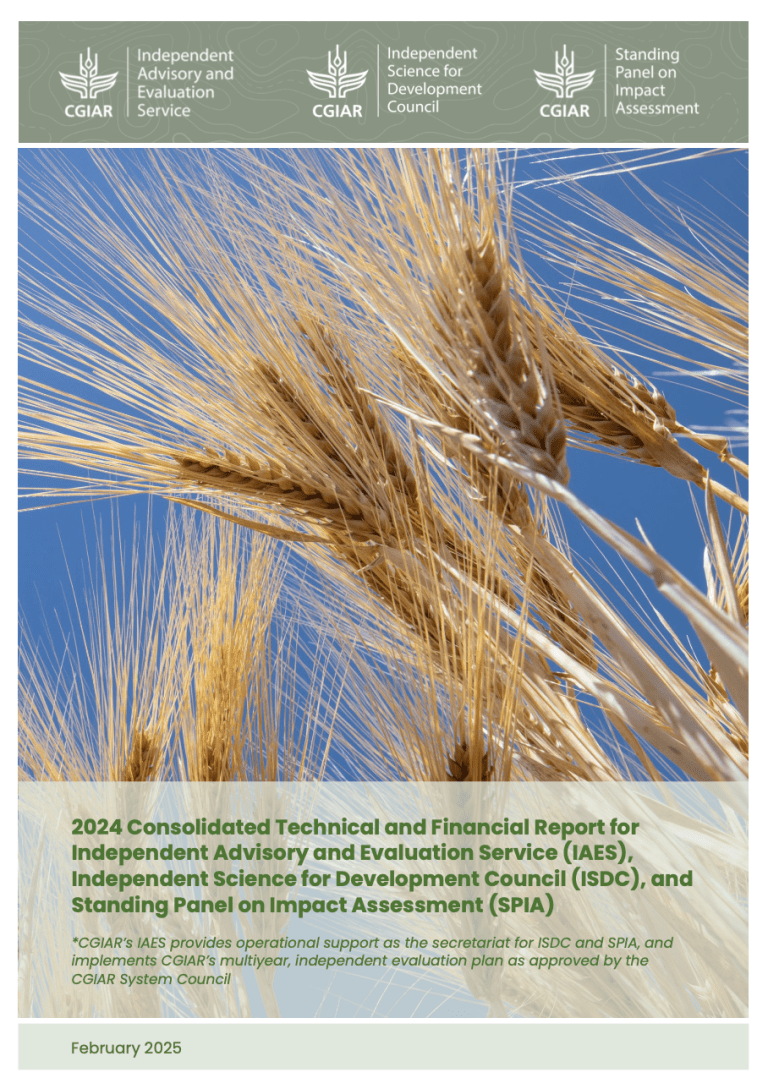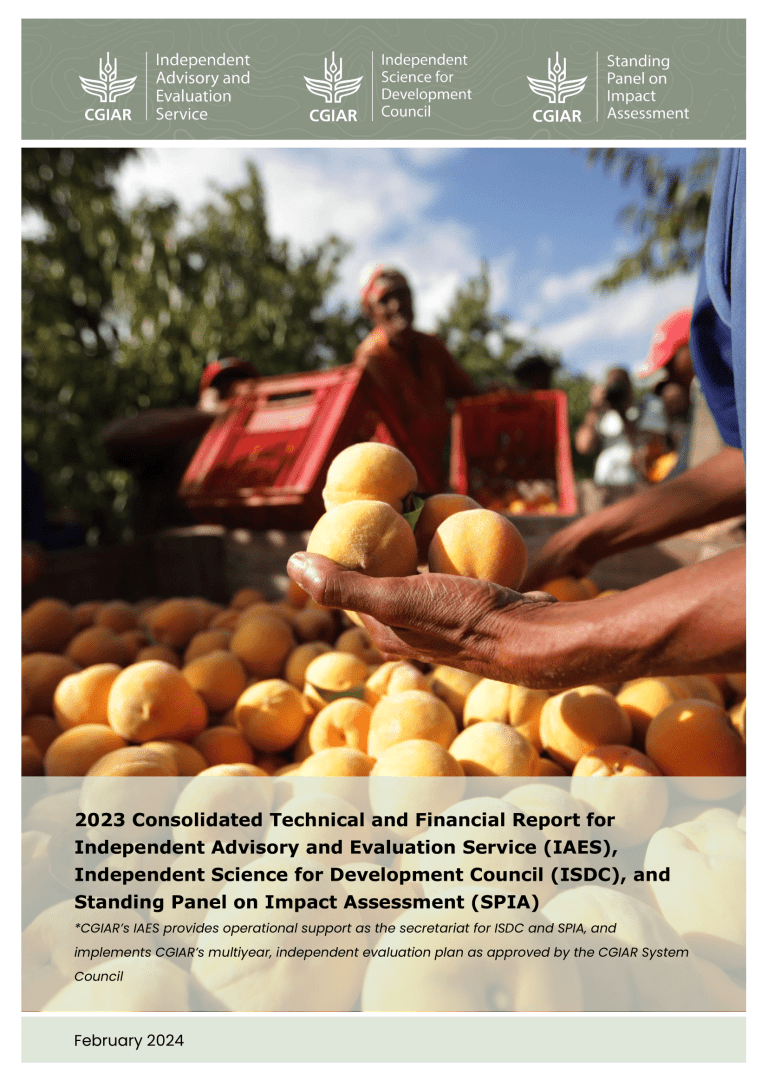In many countries, the festive season is approaching. This means feasting foods. There are tried and tested recipes in my family and surely in yours, passed from generation to generation.
Treasured family recipes are often based on indigenous crops and local traditions. Indeed, it is difficult to produce the feast without the needed ingredients in hand. Not only do we need those specific crop varieties and cuts of meat, but we cannot arrive at the bountiful table without a knowledge of the methods. We want just the right variety of pumpkin, and we must know the right way to prepare it, just as grandmother or grandfather did.
CGIAR’s 2030 Research and Innovation Strategy is chock full of ingredients. Even if the pantry is reorganized from time to time, the core ingredients are there. High-quality science across a range of domains pertinent to agriculture, food, land, and water systems; meaningful partnership; a power to convene; and a presence in countries where research is co-created, applied, and scaled. Just as a good recipe, however, the Strategy also sets out how to make the dish: the Ways of Working.
The Ways of Working appear in Section III of the CGIAR strategy. Entitled "How CGIAR will implement this Strategy", they speak to a need for a “different approach to how we work.” What are these different approaches? The strategy names seven “Ways of Working,” prioritizing seven ways of doing business differently that are the recipe instructions that “will add up to a major progression in the way that CGIAR will conduct research and maximize pathways for research to impact at scale.” The ways are:

Ways of Working set out the “how to,” the methods that weave the ingredients together, accelerating, amplifying, accentuating the CGIAR mission.
Even if the Ways of Working have not been the topic of a specific independent evaluation, every independent evaluation explores them in some way, through some suite of evaluative questions. Assurance activities don’t end there: when the Independent Science for Development Council (ISDC) reviews a program, when Standing Panel on Impact Assessment (SPIA) produces a country reach study, or when Internal Audit conducts an engagement, consistently – if not overtly – the topics of the Ways of Working are exposed.
CGIAR embraced seven ways to do things differently. Four years into the Strategy, in 2025, IAES’s Evaluation Function set about the task to study past evaluations, ISDC, SPIA, and Internal Audit materials. Complemented by light literature review and the engagement of experts in the stated Ways of Working topics, the activity explored the broad question – What does the evidence base of evaluation and other assurance providers tell us about changes in how CGIAR does its work?
A suite of short reports and a synthesis are going to tell this story well. Here are two of the things that I would underline in the recipe book, that cut across the Ways of Working:
CGIAR’s ambition to do things differently need to be matched with resources: skills-building, planning human resources deployment through a Ways of Working lens (i.e., as a prioritized consideration when deploying people), and the need to build or hire transdisciplinary expertise are repeatedly noted as limiting factors in the reports.
Understanding the change journey requires world-class tools: CGIAR needs to continue to support the ability to serve areas of the business with standardized metrics, dashboards, and systematic evaluative work, to ramp up the ability to measure change and learn across the system about Ways of Working. What isn’t measured isn’t managed.
Like every good recipe, CGIAR must continue to source fantastic ingredients and match these with a solid method to bring those ingredients together into an extraordinary feast.
Read the Synthesis
Curious? Explore the Evaluative Evidence Hub



